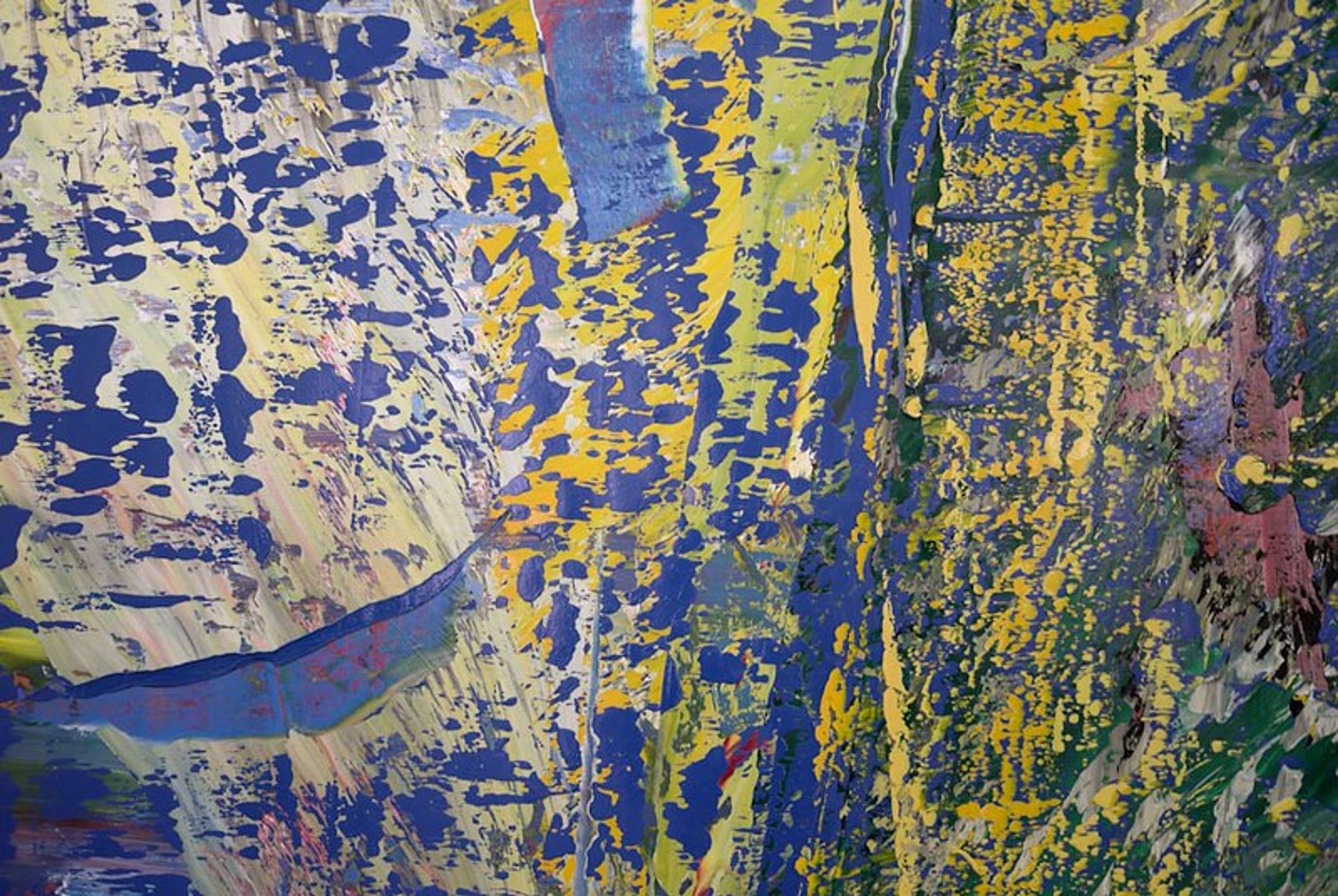
Etching: Art, Alchemy, & My Abstract Journey
Explore the captivating art of etching: its history from armorers to masters like Rembrandt, intricate techniques, modern innovations, and its profound connection to contemporary abstract art, mirroring my own journey.
The Whispers on Metal: My Journey into the Art of Etching
You know, there's a particular kind of magic in the art of etching, a quiet hero of printmaking that demands a peculiar blend of scientific precision and artistic intuition. It’s a process that forces you to slow down, to truly understand the delicate dance between acid and metal – a dialogue as old as printmaking itself. Today, I want to pull back the curtain and share my journey into this captivating world, exploring its history, its intricate techniques, and crucially, how its enduring power resonates with contemporary art and my own abstract practice. For me, it’s always felt like uncovering a hidden language in the everyday, which, if I'm honest, is exactly what drew me to art in the first place.
I've always been drawn to the sheer tenacity of artists, that relentless drive to coax beauty, meaning, or just a compelling visual from stubborn materials. It's a bit like a quiet conversation with the inanimate, pushing and pulling until something new emerges. And while I might not be a master etcher myself (my studio involves a different kind of controlled chaos, trust me!), I've spent countless hours utterly mesmerized by the delicate lines, the profound textures, and the stories etched (yes, pun absolutely intended!) into copper and zinc plates. This medium speaks to me so deeply, perhaps because its reliance on precise line work and its capacity for texture resonates with my own abstract explorations. So, let's peel back the layers of wax and history, shall we, and discover the captivating world of etching.
A History Etched in Time: From Armor to Artistry
Imagine a world where the sharpness of a line could decide a battle, or adorn a knight's chest plate. That’s pretty much where etching began its journey – not in an artist’s quiet studio, but with armorers in the late 15th century. They used acid to engrave intricate designs onto metal armor, finding it a technique much easier than painstakingly carving with a burin for direct metal engraving. It seems someone, likely in Germany, looked at those practical, decorative designs and saw the immense artistic potential beyond weaponry. And thank goodness they did, because what emerged was truly revolutionary!
This early practical application quickly evolved into a powerful artistic medium, gaining serious traction in the 16th century. As the technique spread, often nurtured within burgeoning printmaking guilds – these vibrant hubs of craft and commerce – it helped disseminate knowledge and art far and wide across Europe. These guilds were instrumental, not just in protecting trade secrets, but in actively championing this revolutionary art form, allowing artists to share their visions more broadly than ever before. Think of pioneers like Albrecht Dürer, whose powerful etchings, like his famous Melencolia I, demonstrated the medium's expressive power and intricate detail, really showing what a simple line could convey. Artists like Marcantonio Raimondi also played a crucial role, creating prints of other artists' work, essentially acting as early art publishers and further accelerating the spread of artistic ideas during the Renaissance. But the story doesn't stop there. Artists like Stefano della Bella in Italy, with his intricate landscapes, and Canaletto, capturing the grandeur of Venice in his detailed cityscapes, further popularized the technique across Europe, spreading to France and beyond. Etching also offered a new economic avenue for artists, allowing them to create multiple original works and reach a broader audience than singular paintings ever could, effectively democratizing art acquisition. It was a game-changer for sharing art with the world.
Yet, for me, it was in the 17th century, often called the Golden Age of etching, that a certain Dutch master completely revolutionized it. I’m talking, of course, about Rembrandt van Rijn. His etchings are masterpieces of light and shadow, emotion and narrative. He wasn't just drawing with an etching needle; he was truly painting with acid, using multiple bites and carefully controlled processes to create atmospheric depth and psychological intensity that still astonishes me today. I sometimes wonder if for Rembrandt, etching wasn't just a technique but an extension of his very soul, a way for him to capture the fleeting moments of humanity with unparalleled depth and nuance. His ability to transform simple lines into vibrant, living narratives, much like how a painter builds layers of color, truly showed what was possible and, frankly, still astonishing.
From then on, etching became a vital tool for artists across Europe. We see it evolving through the rococo delicacy of artists like Jean-Honoré Fragonard, the romantic drama of Francisco Goya’s powerful Los Caprichos – those dark, expressive critiques of society are just unforgettable – and eventually finding its way into the hands of modernists who pushed its boundaries even further, like James McNeill Whistler, whose atmospheric cityscapes truly captured the essence of a place with incredible economy of line. It’s truly a testament to a medium’s resilience and adaptability, a conversation across centuries, don't you think? It makes you ponder: what does this long lineage tell us about the enduring human desire to make our mark, and how does that resonate even today, so many centuries later?
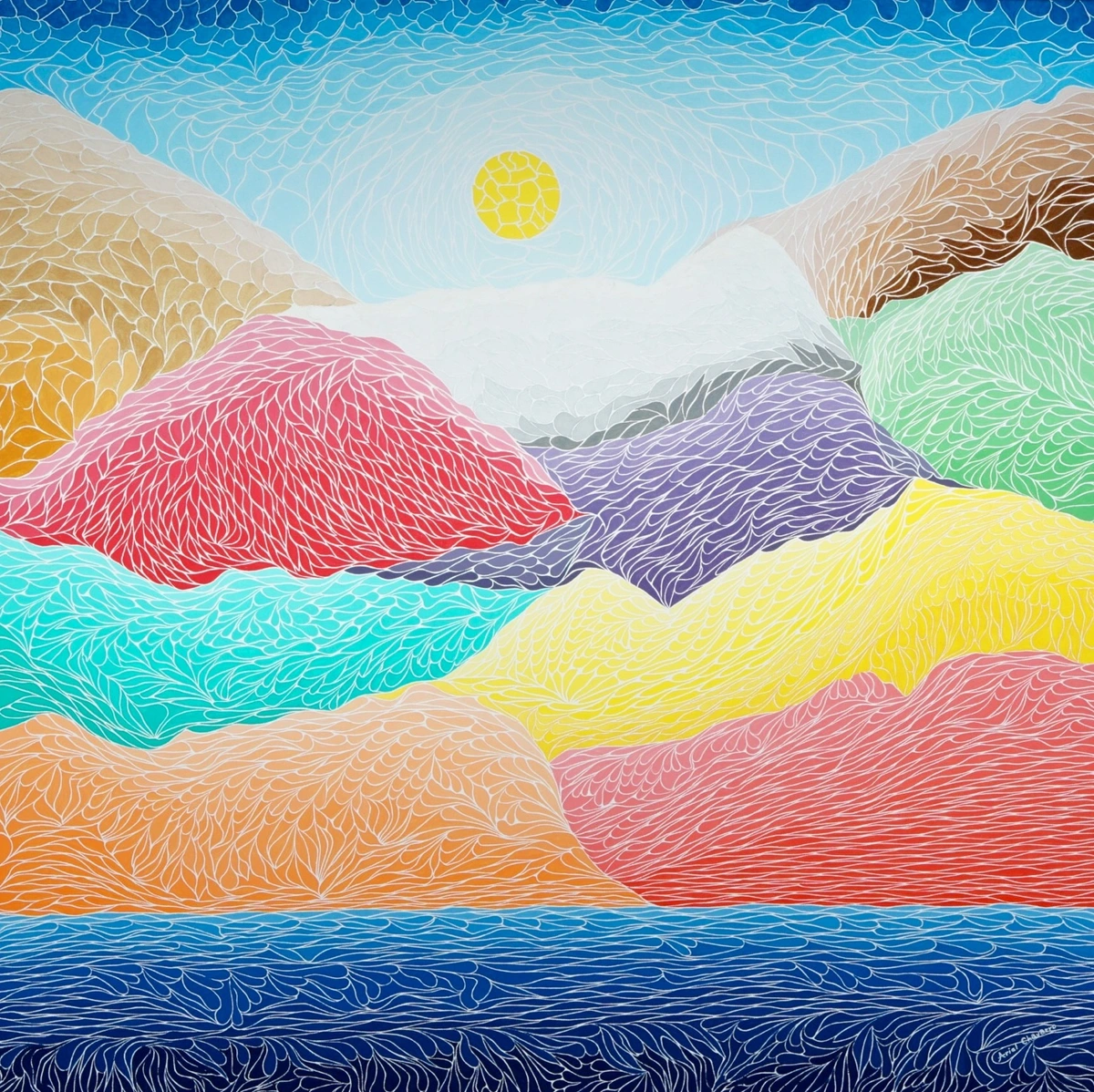
The Alchemy of the Line: Etching Techniques Up Close
So, what is etching, really? Having traced its lineage, let's now delve into the fascinating, almost alchemical, process that brings an etched image to life. At its heart, it’s an intaglio printmaking process, which simply means the ink sits in the incised lines below the surface of the plate. It's the opposite of relief printing, where the ink is held on the raised bits, not in the grooves. And honestly, the magic of it still gets me every time. It’s a process demanding both the precision of a scientist and the intuition of an artist – a perfect blend, if you ask me.
Here’s a simplified breakdown, from my perspective, of how this fascinating craft unfolds. Historically, achieving consistent results was often a bit of a gamble, a true test of patience and intuition. Early etchers often faced unpredictable acid reactions and variables in their materials, which only adds to the mystique of what they achieved, doesn't it? Mastering the "alchemy" was no small feat, especially for the precision needed in, say, scientific illustrations or cartography where absolute accuracy was paramount.
- The Prepared Plate: You start with a metal plate, usually copper or zinc, polished to a mirror shine. This is your canvas, patiently waiting for its transformation.
- The Grounding: The plate is then coated with a thin, acid-resistant layer called a 'ground.' Traditionally, this was a waxy, tar-like substance, though modern non-toxic alternatives are common now. This protective layer is where the 'magic' of resistance happens – the acid will only bite where the ground is removed. You're not digging into the metal here, merely scoring through the protective ground. It’s a nuanced movement, a subtle distinction crucial for controlling the final line's quality. Too much pressure, and you might accidentally engrave; too little, and the acid won't bite properly. It’s like drawing on a dusty window, but instead of wiping it clean, the acid bites into the exposed metal beneath your marks.
- The Drawing: This is the fun part – or, at least, the most direct artistic part. Using a sharp etching needle, you draw your image into the ground, exposing the bare metal underneath. Every line you make, every dot, every scratch, will be a line or mark in your final print.
- The Acid Bath (The Moment of Truth): The plate is then immersed in an acid bath. Historically, etchers used highly corrosive acids like nitric acid or hydrochloric acid – chemicals that demanded immense caution due to their toxic fumes and dangers. Today, many studios embrace safer mordants like ferric chloride. This is the moment of truth! The acid eats away at the exposed metal, creating recessed lines. The longer the plate stays in the acid, the deeper and wider the lines become, leading to darker, bolder lines in your final print. To achieve varying depths and tones, artists often 'stop out' — applying an acid-resistant varnish to protect specific areas from further biting. This clever trick allows for delicate highlights or bold, deep lines, all from a single plate. It’s like painting with time and chemistry, allowing you to create areas that will print as delicate highlights or deep, rich shadows, usually accompanied by a fair bit of nervous pacing and, historically, some rather potent fumes to manage! (Thankfully, modern studios are much safer).
- Inking and Printing: Once etched, the ground is removed. A thick, viscous intaglio ink (often oil-based, designed specifically to hold pigment in fine grooves) is then applied to the entire plate, forced into all the incised lines. The surface is carefully wiped clean, leaving ink only in the etched depressions. Finally, damp paper is placed over the plate, and both are run through a high-pressure press. The pressure forces the paper into the inked lines, pulling out the image. Voila! A print is born, a direct impression of the artist's etched vision.
Of course, there are variations that make printmaking so incredibly rich. Hard ground etching (what I just described) creates those crisp, clean lines. Then there's soft ground etching, where the ground remains tacky, allowing you to press fabrics or leaves into it, or draw on a thin sheet of paper laid over it, capturing wonderful textural effects – it’s like collage for printmaking. And don't even get me started on aquatint, which allows for incredible tonal gradations, making etching truly painterly. Imagine dusting the plate with fine rosin particles – think of it like coating a surface with a very fine, even layer of salt or sugar crystals – heating them to adhere, and then etching around them. The rosin particles are acid-resistant, so the acid bites into the tiny spaces between them, creating a porous, pitted surface that holds ink like a sponge. The longer the etch, the deeper the pits, and thus, the darker the tone. It’s truly an ingenious pursuit of expression, expanding etching beyond mere lines into painterly territories, and a fantastic way to explore the definitive guide to understanding texture in art.
And while we're on the subject of scratching into metal, it's worth a quick mention of drypoint. Unlike etching, drypoint involves scratching directly into the metal plate with a sharp, pointed tool. This scratching creates a little ridge of displaced metal, called a 'burr', on either side of the line. When inked, this burr holds a lot of ink, giving drypoint prints a wonderfully soft, velvety, and slightly fuzzy line – a distinctly different feel from the crispness of a pure etching. Doesn't that just make you want to try one of these techniques yourself?
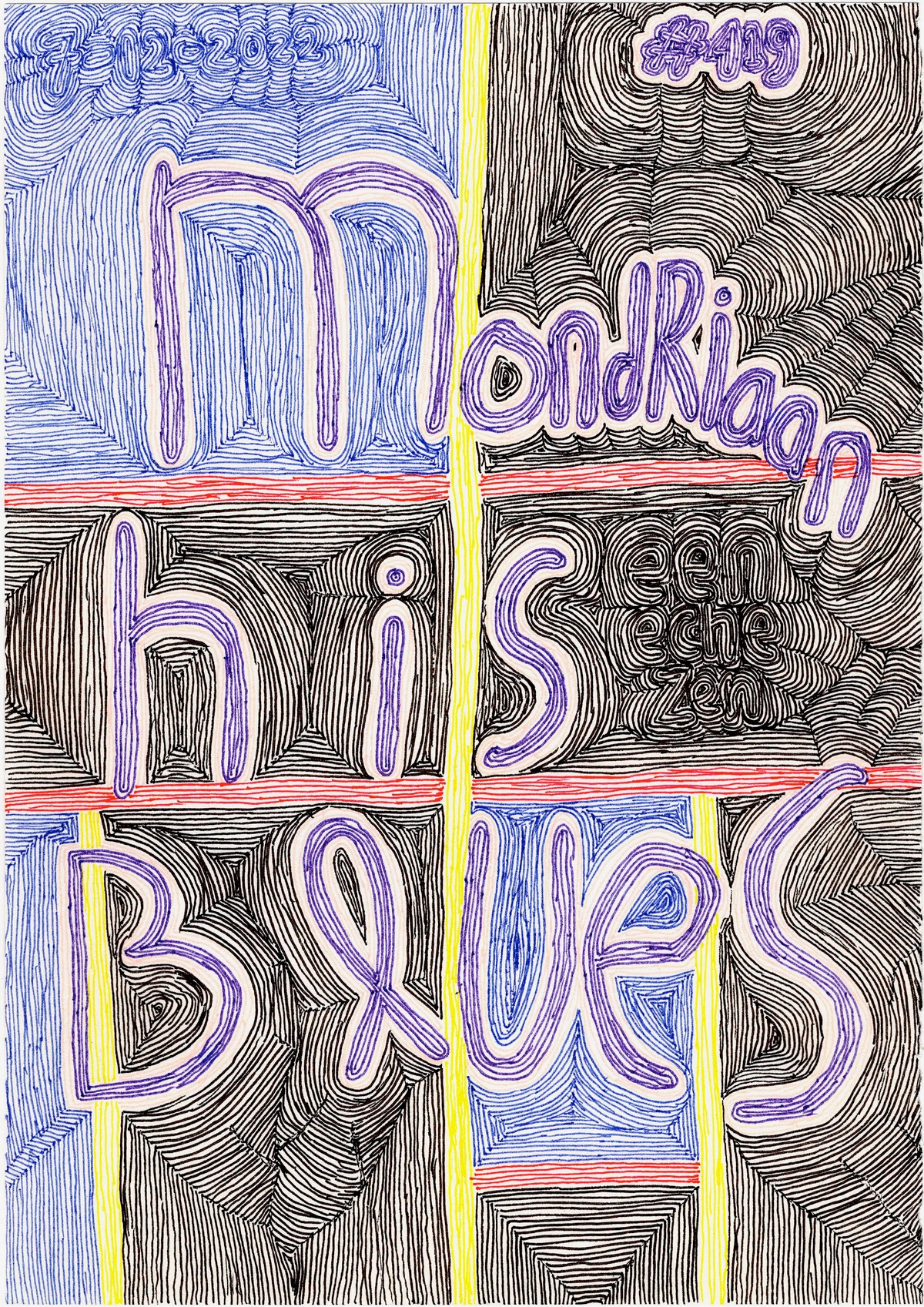
Etching in the Modern World: Beyond Rembrandt
But etching isn't just a relic of the past; while Rembrandt might feel a million miles away in time, the spirit of etching is very much alive and kicking. These traditional methods certainly form the bedrock of the craft, but the medium's story is far from over; it continues to evolve and adapt in the hands of contemporary artists. They’re experimenting with different metals, non-toxic acids, and even digital processes to create plates. Think about photopolymer plates, for instance, which allow artists to transfer photographic images or digitally drawn designs onto a light-sensitive polymer surface, later etched in water. We even see artists exploring digital engraving and laser etching, where computer-controlled lasers cut into plates, offering unparalleled precision and new textural possibilities. These innovations aren't just about convenience; they open up exciting dialogues about the interplay between traditional craft and digital artistry, allowing artists to achieve unparalleled detail, experiment with scale, and integrate diverse visual sources more easily. And it's not just about convenience; it's also about accessibility and sustainability. These new methods democratize the process, making it accessible to a broader range of artists, and enable faster iteration and production for those exploring commercial applications.
Beyond just safety and expanding artistic possibilities, modern etching also prompts us to consider the environmental impact of our materials and waste, moving towards more sustainable practices. Many printmakers' workshops and community art centers are at the forefront of this shift, making etching more accessible and environmentally conscious. They play a vital role in preserving traditional skills while fostering innovation, offering beginners a welcoming entry point into this rich craft without the daunting initial investment – which I think is just fantastic. For artists like myself who engage with both tactile and digital art forms, there's a unique satisfaction in the physical, permanent mark of an etching, a stark contrast to the fleeting glow of a screen.
Contemporary artists use etching in incredibly diverse ways. Some explore detailed figurative work, echoing the Old Masters but with a sharp modern sensibility. Others embrace its textural possibilities for abstract compositions, using the acid bite to create stunning surfaces and depths that you might usually associate with painting – much like Picasso did with his groundbreaking Cubist etchings, where the fractured lines perfectly captured the movement's essence. Consider artists like Kiki Smith, known for her evocative and often textural prints that speak volumes, or William Kentridge, whose animated films often stem from his charcoal drawings and etchings, showing how the medium can be narrative and deeply expressive. And while his primary medium is painting, the raw, gestural power and graphic immediacy in works by artists like Christopher Wool often echo the compelling visual language that etching, with its decisive lines and textured surfaces, can achieve. It's clear that the medium continues to be a fertile ground for expressive abstraction, always finding new voices.

This medium is also incredibly versatile from an economic standpoint, allowing artists to create limited editions, making original art more accessible to collectors. If you're into collecting, keeping an eye on these artists is a great way to find unique pieces. You can always check out what's available for sale and see how contemporary printmakers are finding their voice, perhaps even finding parallels with the textural depth in my own abstract works.
I mean, think about it: in an age dominated by digital screens, there’s something profoundly appealing about an art form that requires such direct physical engagement, such a tactile process. The slight indentation on the paper from the press, the subtle variations in ink density – these are the hallmarks of a handmade print, something truly unique, even in an edition. It's a perfect antidote to our increasingly frictionless world, isn't it? This blend of tradition and innovation ensures etching remains a relevant and captivating artistic pursuit. It makes you wonder, how might these new approaches redefine what etching can be, and how will artists continue to surprise us?
My Own Connection: The Enduring Power of the Line and Texture
So, after all that talk about acid and metal, you might be wondering how etching truly connects with my own abstract art. For me, it boils down to two things, really: the line and the texture. As someone who often works with lines and abstract forms, I find a deep kinship with the etcher’s craft. There’s a discipline to it, a profound respect for the integrity of the line that resonates directly with my own artistic journey – a journey that’s always been about making a deliberate mark (you can explore more of it on my timeline). The sheer physical engagement with the material – the resistance of the metal, the precise control of the needle, the subtle smell of the ink – these aspects, even if I don't etch myself, deeply inform my understanding of process and material in my own studio. Whether it’s the precise incision of an etcher's needle, the unique texture from an aquatint, or the bold stroke of a painter's brush, the line and surface quality are absolutely fundamental. They define, they divide, they connect, and they tell a story.
In my own abstract work, I chase that same sense of committed decision-making – that indelible mark, that permanent statement – whether through sharp geometric forms or sweeping gestural lines, and even the subtle textures that emerge from an acid bite. For instance, when I’m layering colors and scraping back to reveal underlying textures in a painting, I often think of the etcher’s nuanced process of building depth through multiple acid bites. It’s that same deliberate interplay of surface and depth, where every decision leaves a lasting imprint. Take, for example, the way I strive to achieve atmospheric depth in my layered abstract compositions; that specific ambition was absolutely inspired by how an aquatint can create such a gradual, rich shift from light to dark. It’s a constant exploration of how line and texture can evoke emotion and structure – a journey I've delved into deeply in guides like the definitive guide to understanding line in abstract art from gestural marks to geometric forms and the definitive guide to understanding texture in art. Each etched line, each textural variation, feels like an indelible decision, whether on a metal plate or a canvas, aiming for that permanent statement.
Sometimes, when I visit a museum like the one in 's-Hertogenbosch, I'll spend ages in the print room, just examining the etchings. You can almost feel the artist's hand, tracing the delicate details, imagining the faint hiss of the acid, the anticipation of pulling the first proof. It’s a very intimate experience, a quiet conversation across centuries. If you're curious to see how these ideas translate into my contemporary abstract paintings and prints, I'd invite you to explore my own available works where you'll find plenty of examples of intentional lines and dynamic textures.
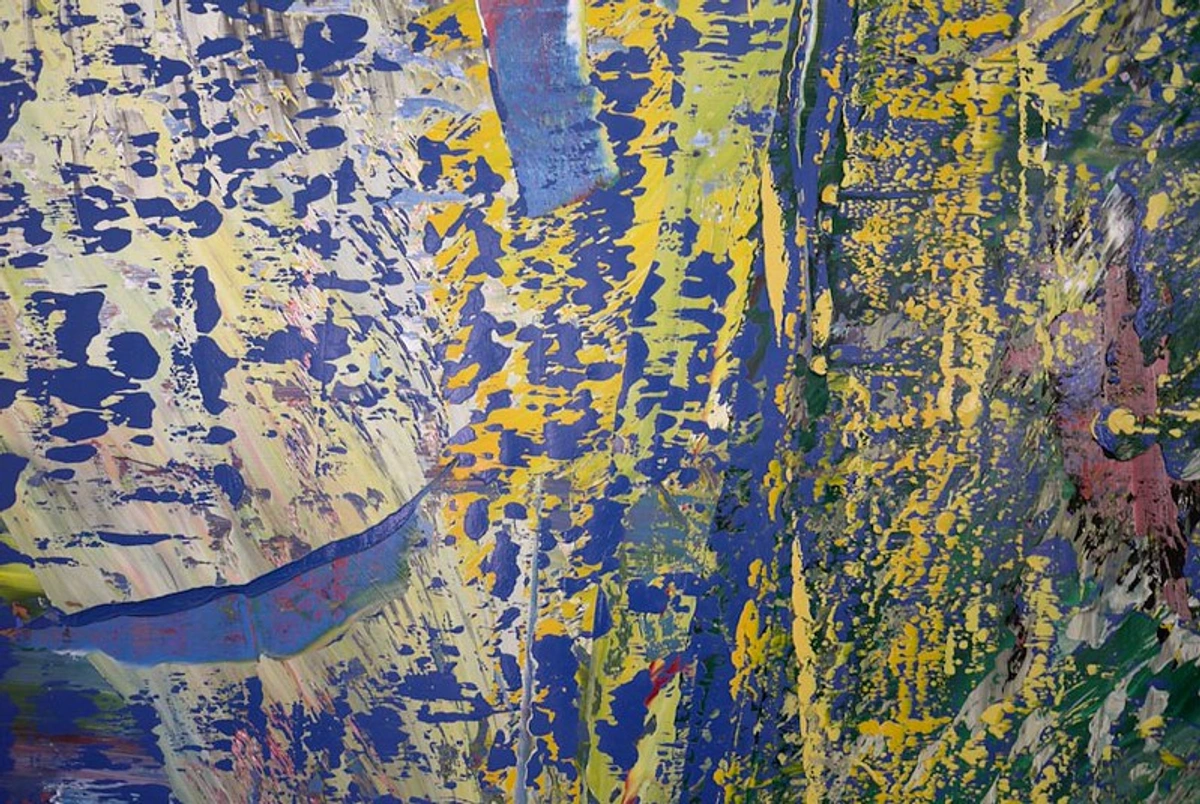
Frequently Asked Questions About Etching
To help demystify this intricate process and answer some of the burning questions that often arise, let's address some common queries about etching. Because let's be honest, it's not always the most straightforward art form to grasp initially!
Feature | Etching | Engraving | Drypoint |
|---|---|---|---|
| Method | Acid bites into lines scratched through ground | Tool (burin) directly cuts into metal | Tool scratches directly into metal, creating burr |
| Lines | Fluid, often painterly, clean lines | Very sharp, crisp, controlled lines | Soft, velvety, slightly fuzzy lines |
| Material | Acid-resistant ground scratched, then acid applied | Metal directly cut | Metal directly scratched |
| Feel | Chemical process, controlled bite | Physical strength & precision | Immediate, direct scratch, expressive |
Q: How is etching different from engraving?
A: Ah, a classic! Both are intaglio techniques, meaning ink is held in recesses. However, with engraving, you use a specialized tool called a burin to cut directly into the metal plate, pushing away shavings of metal. It requires immense strength and precision. With etching, you scratch through an acid-resistant ground, and then acid bites (etches) into the exposed metal. Think cutting metal with a tool versus acid biting through a ground. Etching often allows for more fluid, painterly lines, while engraving tends to produce very sharp, controlled lines.
Q: How does etching compare to other intaglio techniques like drypoint?
A: This is a great question because they're often confused! While both are intaglio (ink in the recesses), drypoint involves scratching directly into the metal plate with a sharp, pointed tool, similar to engraving but without removing metal. This scratching creates a 'burr' of displaced metal on either side of the line. When inked, this burr holds a lot of ink, giving drypoint prints a wonderfully soft, velvety, and slightly fuzzy line. Etching, as we've discussed, uses acid to bite into the scratched lines, resulting in cleaner, crisper lines without that characteristic burr. They offer very different textural possibilities!
Q: Is etching dangerous?
A: Historically, yes, many traditional etching processes involved quite toxic acids and solvents – definitely not something you'd want to casually experiment with over your kitchen sink! However, contemporary printmakers are increasingly adopting non-toxic etching methods, which is a huge step forward. They often use safer mordants like ferric chloride. Now, ferric chloride isn't exactly harmless (it's still a chemical, so caution, gloves, and proper ventilation are always necessary!), but it's significantly less corrosive and its fumes are far less dangerous than nitric acid. Combined with less harmful grounds and cleaning agents, it makes the studio a much safer place. Safety is, and always should be, paramount in any studio practice!
Q: Can you achieve different tones with etching, or is it just lines?
A: Definitely not just lines! While hard ground etching excels at crisp lines, techniques like aquatint are specifically designed to create tonal areas. With aquatint, the plate is dusted with tiny rosin particles, which are then heated to adhere to the metal, creating a kind of acid-resistant sieve. When etched, the acid bites around these particles, creating a porous, pitted surface – think of it like a microscopic lunar landscape or the texture you get from a finely misted spray paint. This texture then holds ink and prints as a tone. The longer the etch, the deeper the pits, and thus, the darker the tone. It's truly ingenious for creating rich, subtle tonal gradations, almost like watercolor washes or chiaroscuro in painting.
Q: Who's still playing with acid and metal today?
A: A huge range! From artists creating intricate narrative scenes to those exploring abstract forms and textures. Many contemporary artists blend etching with other printmaking techniques or even digital processes. You'll find etchers in virtually every artistic movement, from those with a strong illustrative bent to those pushing the boundaries of conceptual art. It's a surprisingly versatile medium, continually reinvented, and often supported by vibrant printmaking communities and workshops worldwide.
Q: How accessible is etching for beginners, and what about the cost?
A: That’s a super practical question, and one I hear a lot! While setting up a full etching studio can be a significant investment (think press, acids, ventilation), starting out is surprisingly accessible. Many art centers and community print shops offer workshops where you can learn the basics without buying your own equipment. These workshops are fantastic resources, providing expert guidance and shared facilities. There are also great non-toxic etching kits available that use safer materials, perfect for home experimentation. The initial investment for materials like plates, grounds, and paper isn't prohibitive, especially if you're attending a class. It's definitely more involved than picking up a pencil, but far from impossible for an enthusiastic beginner!
Q: How durable are etched prints, and what about the lifespan of an etching plate?
A: Etched prints, when properly cared for, are incredibly durable and can last for centuries. Unlike some more fragile mediums, the ink is physically pressed into the paper, making it quite stable. This longevity contributes significantly to their value, especially for limited editions. The inherent scarcity of an edition (often indicated by a number like 1/50) means that each print is a unique, original artwork, not a reproduction. It's also worth noting the distinction between a 'proof' – an early impression taken to check the progress of the plate – and a final 'print' that is part of the numbered edition. The latter typically holds the full value associated with the edition. Think of proofs as sketches and final prints as the polished work. This also means that for collectors, understanding the edition number and whether a piece is a print or a proof can greatly influence its value. For more on this, you might find our guide to understanding limited edition prints insightful.
As for the plate's lifespan, it depends on the metal, the etching depth, and the pressure applied during printing. Copper plates are quite durable, capable of producing hundreds of high-quality impressions, sometimes even thousands, before the delicate lines start to wear down. Zinc is softer and will wear more quickly, often yielding fewer crisp prints. Artists often decide to 'steel-face' a copper plate (electroplate a thin layer of steel onto its surface) to increase its longevity for very large editions. Knowing when to stop printing is a critical decision for an artist, as quality degrades with wear, and it's essential to maintain the integrity of the entire edition. This makes collecting etched prints a wonderful way to acquire original art that holds its aesthetic and often financial value over time.
Q: How should etched prints be conserved or cared for? And how can I identify an original?
A: Good question for anyone thinking about collecting or displaying! Etched prints, like most fine art on paper, are susceptible to damage from light, humidity, and improper handling. To keep them pristine, always frame them with acid-free mats and backing boards to prevent discoloration. Opt for UV-protective glass to shield against fading. Keep them out of direct sunlight and away from areas with fluctuating temperature or high humidity, like bathrooms. When handling, always use clean, dry hands or cotton gloves to avoid transferring oils. If you're a serious collector, consider professional archival framing and storage solutions – it’s an investment in preserving your piece for generations.
Identifying an original etching often involves a few tell-tale signs: a subtle plate mark (the indentation on the paper from the edge of the metal plate), the texture of the ink that often sits slightly raised on the paper, and typically, the artist's signature, edition number (e.g., 1/50), and title written in pencil below the image. These details are rarely found on reproductions, which are usually flat prints without a plate mark. It's always a good idea to confirm authenticity with reputable galleries or experts.
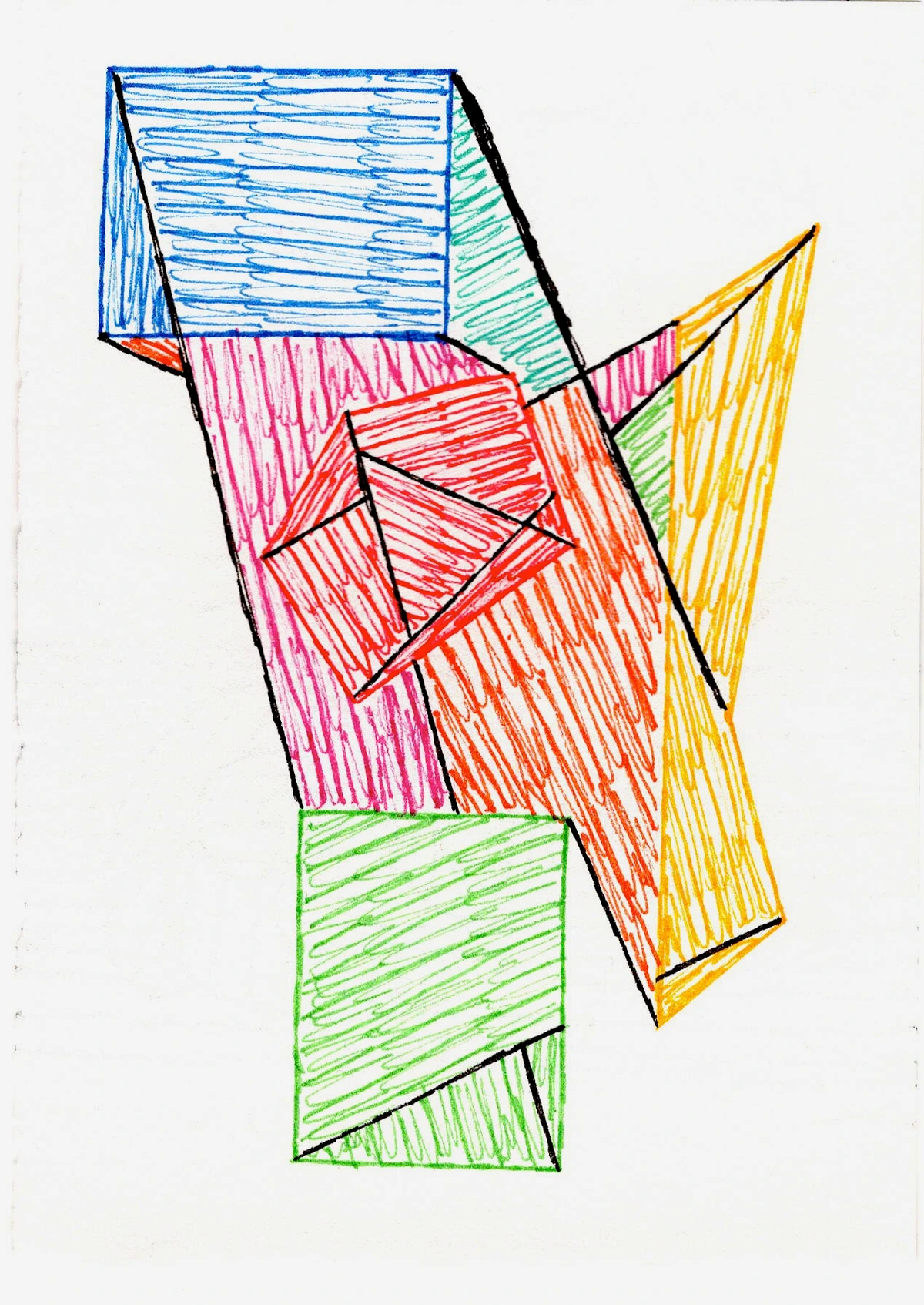
It's clear that the world of etching is rich with possibilities, whether you're making the art or simply admiring it.
The Enduring Allure of the Etched Mark
So, there you have it: a personal glimpse into the captivating world of etching. For me, it’s far more than just a historical technique; it’s a living, breathing art form that continues to captivate and challenge artists, much like the ongoing dialogue between artist and material in my own studio. From the precise scratch of a needle to the transformative bite of acid, etching is a profound testament to patience, skill, and the unexpected beauty that emerges from a seemingly simple chemical reaction. It’s a compelling story of lines and textures, history and innovation, a quiet testament to the enduring human desire to make a mark. I hope this exploration has not only shown you how an ancient craft continues to resonate deeply with contemporary artistic expression but also sparked a genuine curiosity.
The next time you encounter an etched print, I hope you’ll pause, look a little closer, and feel the universe of detail and intention in those delicate lines and rich textures, a quiet narrative waiting to be discovered. And who knows, perhaps this journey into line, form, and texture will inspire you to delve deeper into the world of abstract art. If these themes of deliberate marks, layered textures, and the stories they tell resonate with you, I invite you to explore my own abstract paintings and prints. You might just find something available for sale that captures that same spirit – an echo of the etched mark, transformed into a vibrant new medium, waiting to tell its story in your space.




